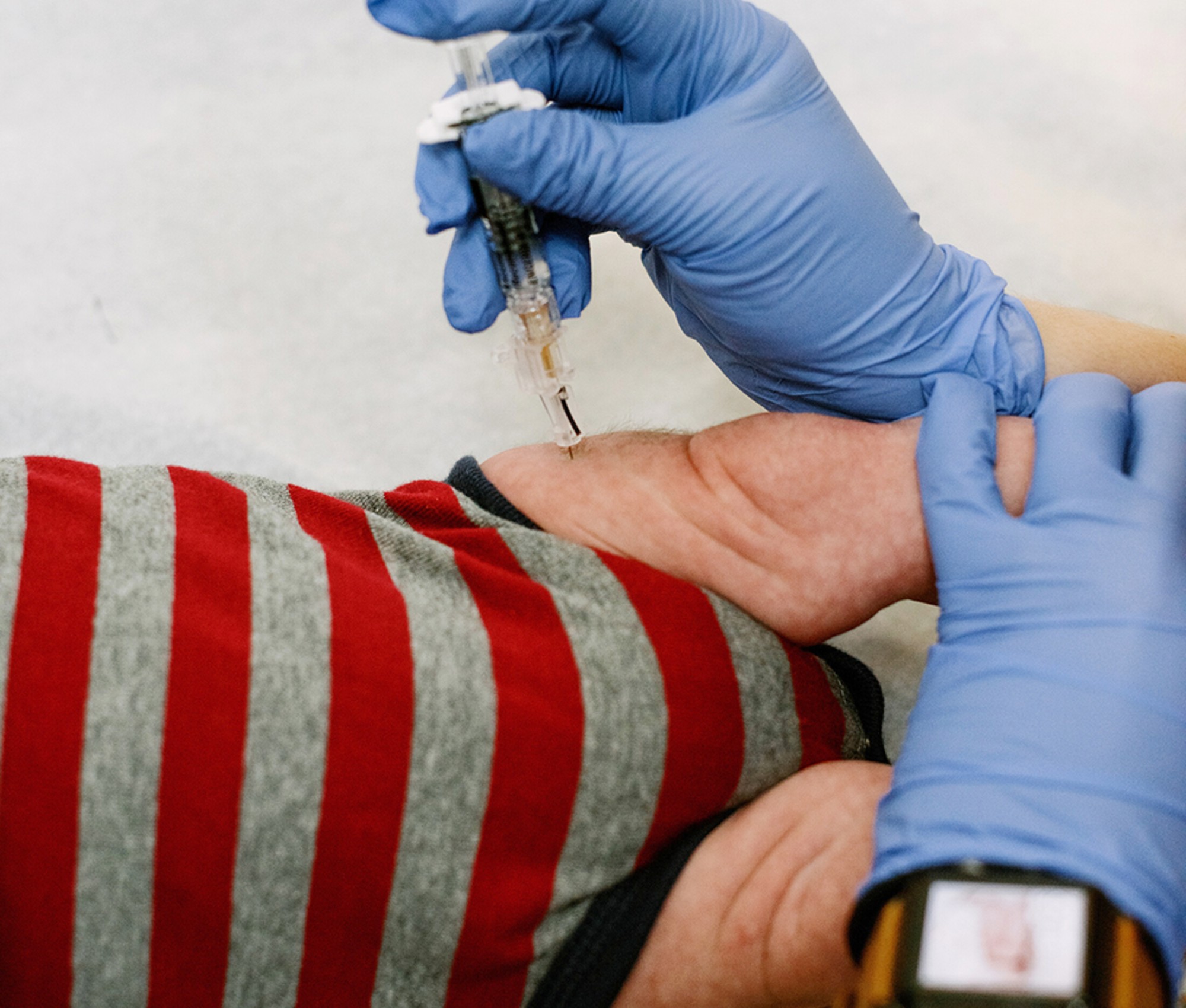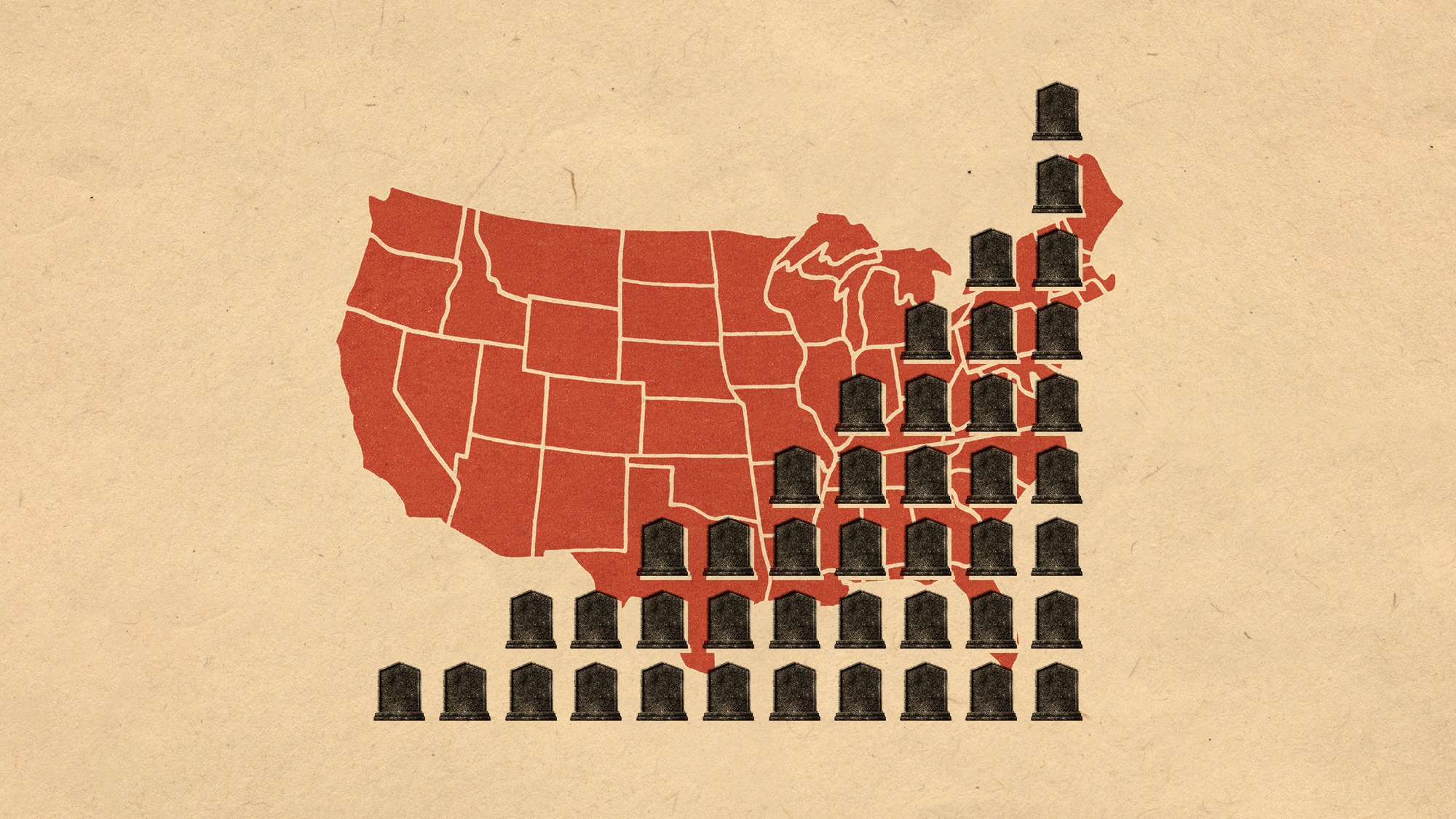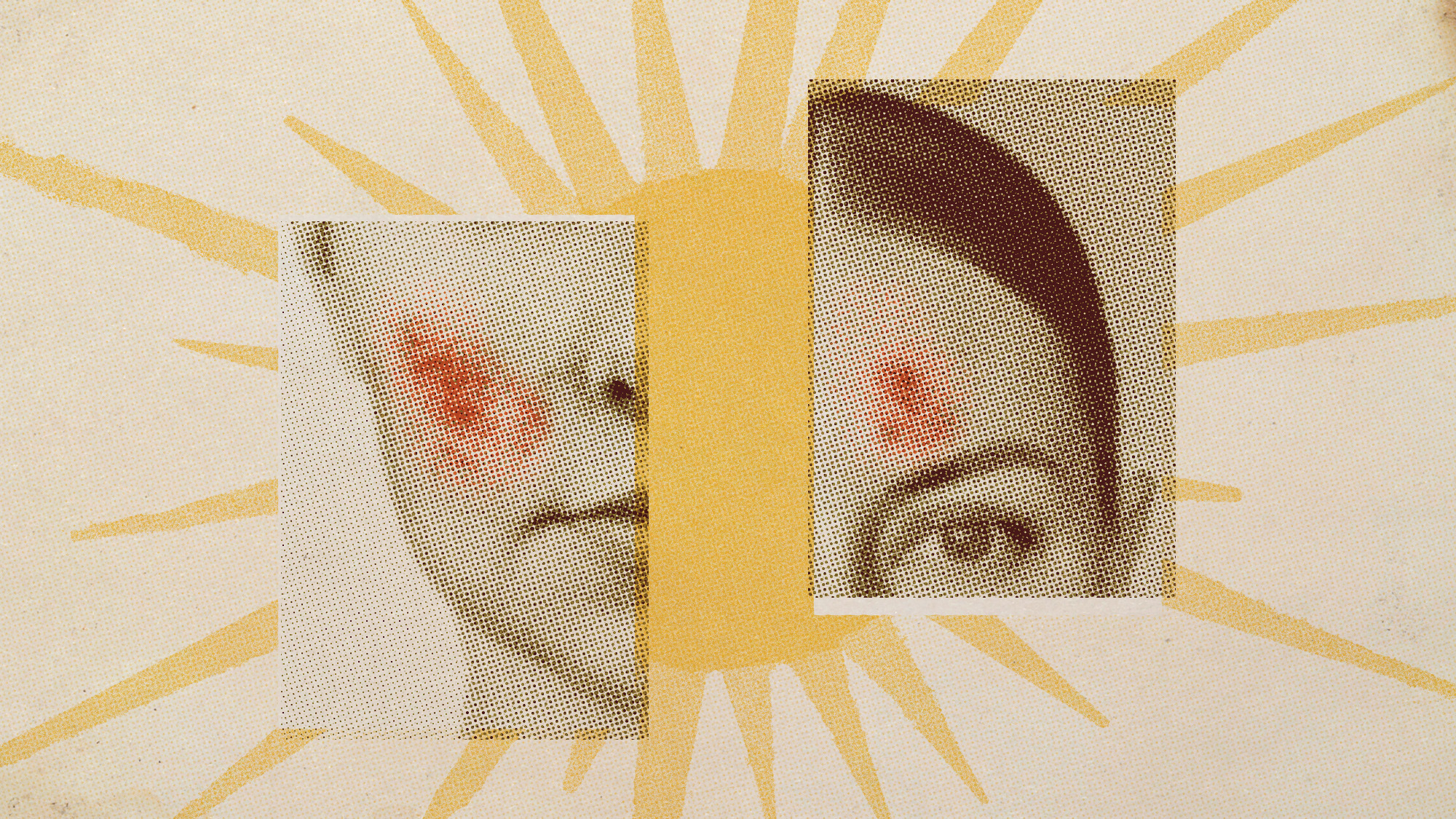What to know about the deadly fungal infection spreading across the U.S.
Pandemic 2.0?


The Centers for Disease Control and Prevention has warned of a deadly fungal infection spreading through health-care centers. Cases have been reported in 28 states and found outside medical centers. How worried should we be?
What is the fungus?
The infection is coming from a fungus called Candida auris, which was discovered in 2009 and in the U.S. for the first time in 2016, per National Geographic. The infection starts inside the body and can be challenging to detect — blood tests miss the fungus 50 percent of the time. Because of this, the infection tends to be inferred "based on epidemiologic scenarios," according to Melissa Nolan, an assistant professor of epidemiology and biostatistics at the University of South Carolina. "For example, a hospitalized immunocompromised patient with fever who doesn't recover after given antibiotics or antifungals would be considered at-risk for C. auris."
The fungus has mainly affected immunocompromised individuals in medical settings. "You're not going to get Candida auris in the gym, and your kids are not going to get it at school, but if you're a patient with frequent contact with the health-care system, you should be aware of this," explained Luis Ostrosky at UTHealth Houston and Memorial Hermann to National Geographic. However, a cluster in Nevada was found, for the first time, not to be linked to hospitals and medical centers, DailyMail writes.
The Week
Escape your echo chamber. Get the facts behind the news, plus analysis from multiple perspectives.

Sign up for The Week's Free Newsletters
From our morning news briefing to a weekly Good News Newsletter, get the best of The Week delivered directly to your inbox.
From our morning news briefing to a weekly Good News Newsletter, get the best of The Week delivered directly to your inbox.
What are the symptoms?
Part of the reason the fungus is so hard to detect is that its symptoms align with many other diseases. Symptoms include a high fever and chills and match those of many other fungal infections, according to Mount Sinai Hospital. Also, most of the infected are already suffering from other conditions, making it difficult to distinguish the symptoms specific to the fungus.
The other issue is that the fungus is largely resistant to a number of treatments, which is part of why more than 30 percent of people who were infected with C. auris died from it, according to the CDC. "Unfortunately, multi-drug resistant organisms such as C. auris have become more prevalent among our highest risk individuals, such as residents in long-term care facilities," explained epidemiologist Paul Byers.
However, there is likely not yet too much cause for concern. "People whose immune systems work well really don't need to worry too much about this fungus, but it is out there, it's worldwide," said infectious diseases specialist Fred Lopez. The larger concern is that people's immune systems may be weakening as a result of COVID-19, which is allowing the fungus that once wasn't such a large concern to spread more rapidly than anticipated.
How does it spread?
The fungus can spread "through contact with contaminated environmental surfaces or equipment, or from person to person," the CDC writes. Symptoms of infection only manifest once the fungus enters the bloodstream, however, spores can remain on someone's skin and contaminate others. "It's a problem because they can then pass it on to more vulnerable patient populations," Lopez said.
A free daily email with the biggest news stories of the day – and the best features from TheWeek.com
Climate change is also causing more infections because the fungus has evolved to withstand warmer temperatures, including within the human body. A 2019 paper posited that C. auris "may be the first fungal pathogen that emerged from climate change," according to Arturo Casadevall, the lead author. This also likely won't be the last worrying fungal infection to make the rounds. "The possibility of greater mutations in response to heat stress is a real concern," Asiya Gusa, a molecular geneticist, told National Geographic. "The environmental fungi we're more concerned with are ones we breathe into our lungs as spores in the air."
"Right now we don't have a smoking gun," remarked Ostrosky, but the threat of worsening infections due to climate change is "a likely theory."
Devika Rao has worked as a staff writer at The Week since 2022, covering science, the environment, climate and business. She previously worked as a policy associate for a nonprofit organization advocating for environmental action from a business perspective.
-
 Deaths of children under 5 have gone up for the first time this century
Deaths of children under 5 have gone up for the first time this centuryUnder the radar Poor funding is the culprit
-
 A fentanyl vaccine may be on the horizon
A fentanyl vaccine may be on the horizonUnder the radar Taking a serious jab at the opioid epidemic
-
 Health: Will Kennedy dismantle U.S. immunization policy?
Health: Will Kennedy dismantle U.S. immunization policy?Feature ‘America’s vaccine playbook is being rewritten by people who don’t believe in them’
-
 More adults are dying before the age of 65
More adults are dying before the age of 65Under the radar The phenomenon is more pronounced in Black and low-income populations
-
 Ultra-processed America
Ultra-processed AmericaFeature Highly processed foods make up most of our diet. Is that so bad?
-
 Peanut allergies have plummeted in children
Peanut allergies have plummeted in childrenUnder the radar Early introduction could be an effective prevention method
-
 Climate change is getting under our skin
Climate change is getting under our skinUnder the radar Skin conditions are worsening because of warming temperatures
-
 Is this the end of ultraprocessed foods?
Is this the end of ultraprocessed foods?Today's Big Question California law and the MAHA movement are on the same track



